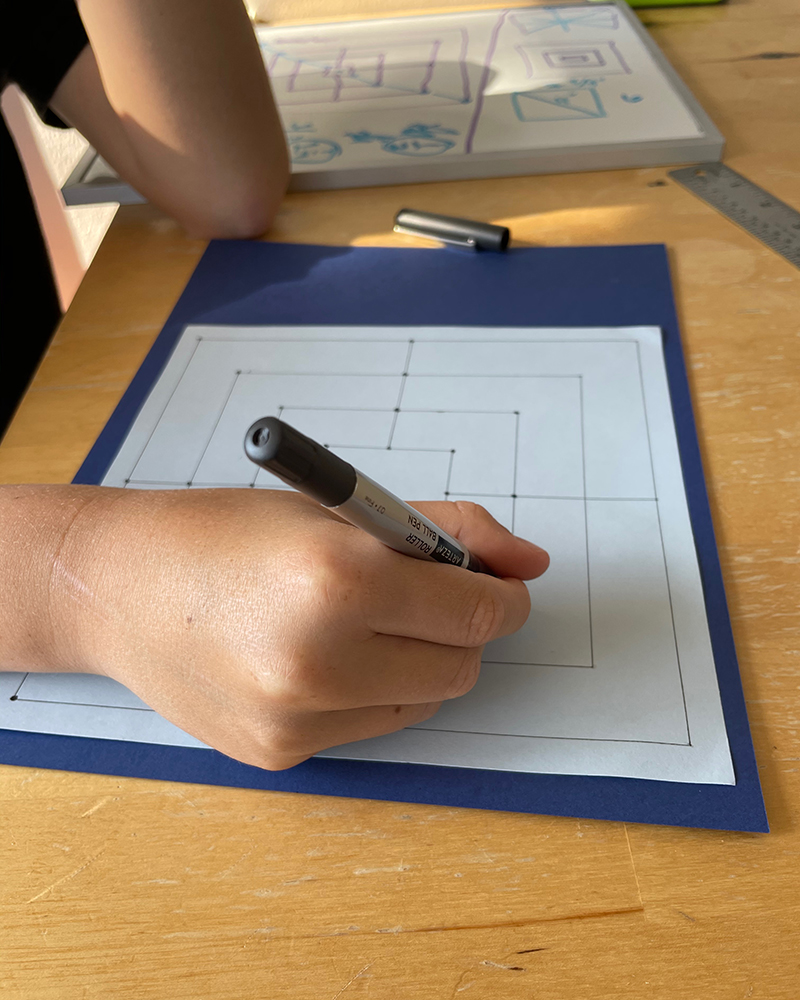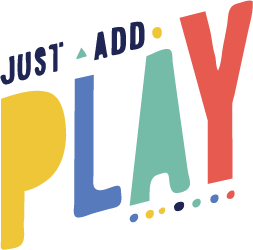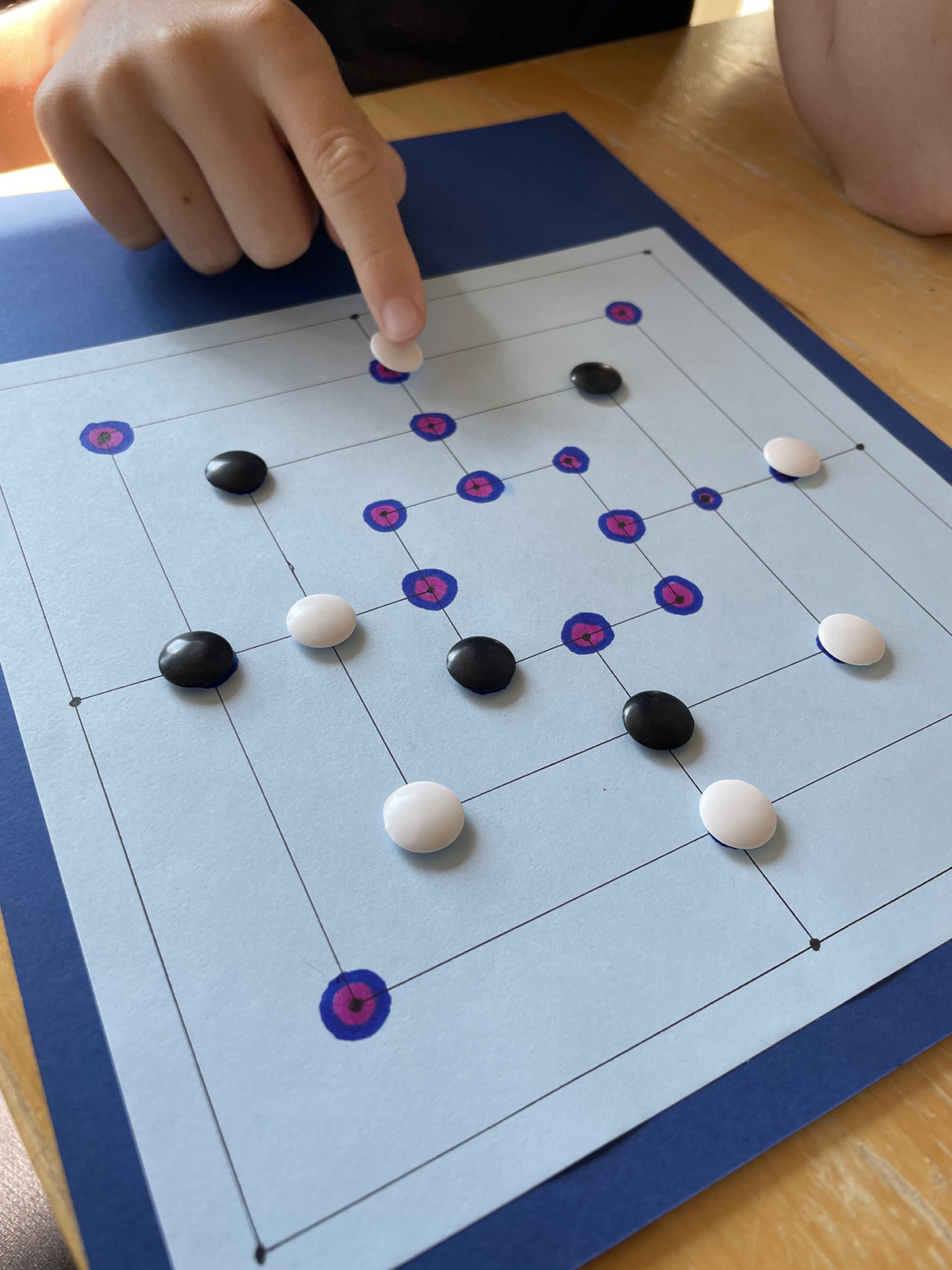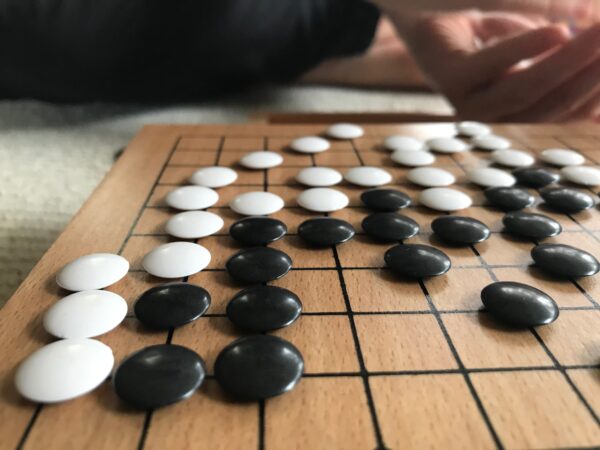“We can draw it on paper and use Go pieces!”
My son and I had just finished watching a video explaining the rules to 9 Men’s Morris, and he was excited to make the game board and start playing.
We came across 9 Men’s Morris when researching games from the Middle Ages (although it dates back to the Roman Empire). Right away we could tell that this was our type of game. It’s simple to learn, quick to play, and offers a nice strategic (eh hem, competitive) challenge for the family.
Historical games are also a great way to make history relatable; add some fun problem-solving to our math lifestyle; and develop an historical appreciation for math.
Basic Rules
Players alternate placing pieces on the board, with the goal of getting 3 pieces in a vertical or horizontal row. This is called creating a mill. When a player creates a mill, they get to capture and remove one of their opponent’s pieces from the board. Players cannot remove pieces that are already part of a mill.
Once both players have placed all their pieces, the game continues with players taking turns, moving one of their pieces to an adjacent space, attempting to create mills and capture their opponent’s pieces. When a player is down to only 3 pieces on the board, their pieces can “fly” to any open space on the board. If all a player’s pieces are in mills, then those pieces become fair game for removal. The game ends when a play has no legal moves remaining or is down to two pieces.
The video below has a great explanation of the rules.
Activity Variations / Skills Work
If you want to get right to playing, you can just download and print this pdf template.
- I recommend mounting the print out on cardboard or cardstock, to add some durability.
- For game pieces, use checkers, LEGOs, Go pieces, red and white dry beans. Really, anything that fits on your board with will.

If you want to add some skills work, you can have your child plan how to measure and draw a board. I opted to do this with my son, and it ended up being great skills practice that included fractional measurement, and addition and division of fractions.
You could also turn this into an art project, by making the board on fabric or wood, or by illustrating a more stylized paper version.
If your child wants to practice but you don’t have tons of time to play, they can play online here.
Some Notes on Math Concepts
9 Men’s Morris is a “solved problem” in which players can force a draw. This means that it has been proven that if both players play optimally, the game will always end in a tie. It’s like a much more complex version of tic-tac-toe. (Think War Games with Mathew Broderick.) I talked to my son generally about this concept, just to introduce it as an idea.
Knowing this fact inspired us to get better at the game. Unlike with tic-tac-toe, we haven’t reached the level of skill to force a tie. In fact, when we first started playing, our games were always very lopsided, with one player winning by a landslide. Knowing this shouldn’t be the case inspired us to develop better strategies.
This strategy work is a lot of fun, which makes it worthy in and of itself. But if you’re seeking practical “math learning,” know that the type of thinking required to solve games like 9 Men’s Morris is the same type of thinking required to work with algorithms in general.
Get Your Nerd On
If you are interested in algorithms, or have an older child who has experience with programming, you can read the paper in which the game was solved by Ralph Gasser.





